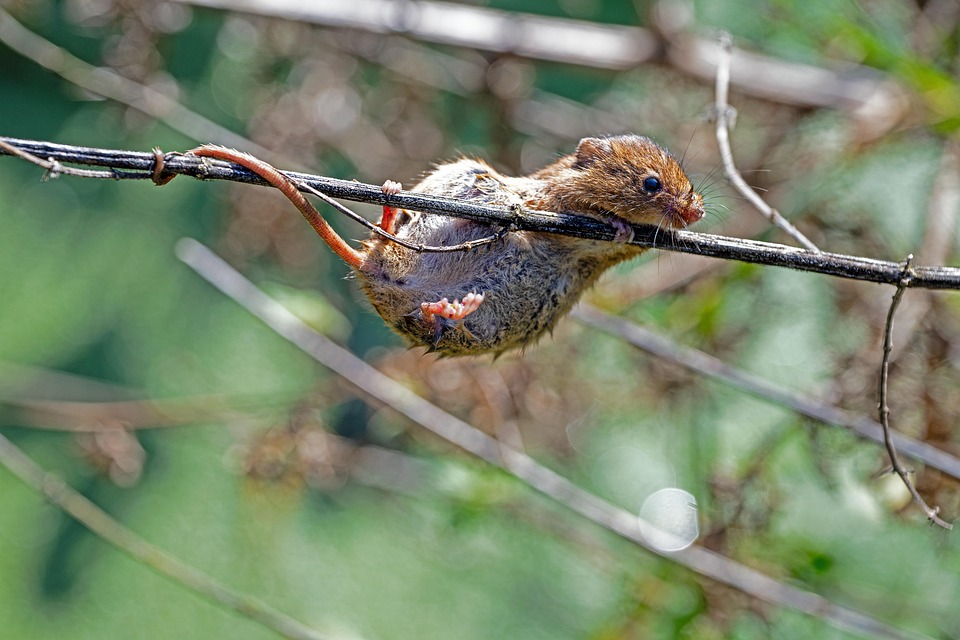Rats and mice are two of the most common rodents found in urban and rural areas worldwide. While they often share habitats and are frequently confused for one another, these two species exhibit distinct differences in appearance, behavior, and ecological roles. Understanding these differences is essential for pest control, ecological balance, and even scientific research.
Physical Differences: Spotting the Differences
Size and Shape
One of the most noticeable distinctions between rats and mice is their size. Generally, rats are larger than mice; an adult rat can weigh anywhere from 7 to 18 ounces, while adult mice typically weigh between 1 to 4 ounces. In terms of length, rats can reach up to 9 to 11 inches without their tails, while mice are usually around 3 to 4 inches long.
Additionally, the body shape varies: rats have thicker, more robust bodies, while mice are slender and have thinner tails relative to their body size. Rat tails are also longer than their bodies, while a mouse’s tail is roughly the same length as its body.
Fur and Coloration
Both rodents have fur, but the texture and coloring differ significantly. Rats tend to have coarse, bristly fur and can vary in color from brown and gray to black or even white, depending on the breed. In contrast, mice have softer, denser fur that can range from pale beige to dark brown, often with lighter underbellies.
Behavioral Differences: The Social Structure
Social Behavior
Rats are inherently more social creatures, often living in large colonies that exhibit complex social structures. This social nature makes them more adaptable and intelligent, as they communicate and work together to navigate their environment. Mice, on the other hand, are generally more solitary, although they can live in small groups when resources are abundant. Their interactions are less complex and primarily revolve around mating and territorial disputes.
Nesting Habits
Rats are known for their impressive nesting skills. They choose safe, secluded locations to build nests, often using soft materials like paper, cloth, or insulation. Mice, conversely, prefer to nest in more hidden areas, creating simpler nests often made from grass, paper, or other small materials.
Ecological Impact: Different Roles
Pest Control
Understanding the differences between rats and mice is crucial for pest control efforts. Rats are known carriers of diseases like leptospirosis, salmonella, and hantavirus, making them a significant public health concern. Their larger size enables them to cause more damage, especially in agricultural settings. Mice, while also disease carriers, are less likely to cause extensive damage but can still lead to food contamination and damage to stored goods.
Ecological Contributors
While both species can pose challenges to human environments, they also play important roles in their ecosystems. Rats, as scavengers, help decompose organic materials, while mice serve as prey for a variety of predators, contributing to the food chain. Their behaviors can impact seed dispersal and soil aeration, aiding in plant growth and ecological balance.
Why It Matters
Knowing the differences between rats and mice is essential for a variety of reasons:
-
Pest Control Strategies: Different approaches may be necessary for effective management. A strategy that works for one may fail for the other, leading to inefficiencies and further rodent problems.
-
Public Health Risks: Understanding the specific risks associated with each species can help in implementing targeted interventions to reduce disease transmission.
-
Scientific Research: In research, the biological and behavioral differences between rats and mice make them suitable for different areas of study, from genetics to psychology. Researchers must accurately identify their subjects to draw valid conclusions.
- Ecological Conservation: Effective conservation efforts require knowledge of how different species interact with their ecosystems. Tailoring conservation strategies to consider the roles of both rats and mice can enhance biodiversity and ecosystem stability.
Conclusion
Rats and mice may seem similar at first glance, but the differences in their size, behavior, and ecological roles are significant. Recognizing these distinctions is essential for effective pest control, public health initiatives, and conservation efforts. By understanding our rodent neighbors, we can create more informed strategies that promote both human safety and ecological balance.



